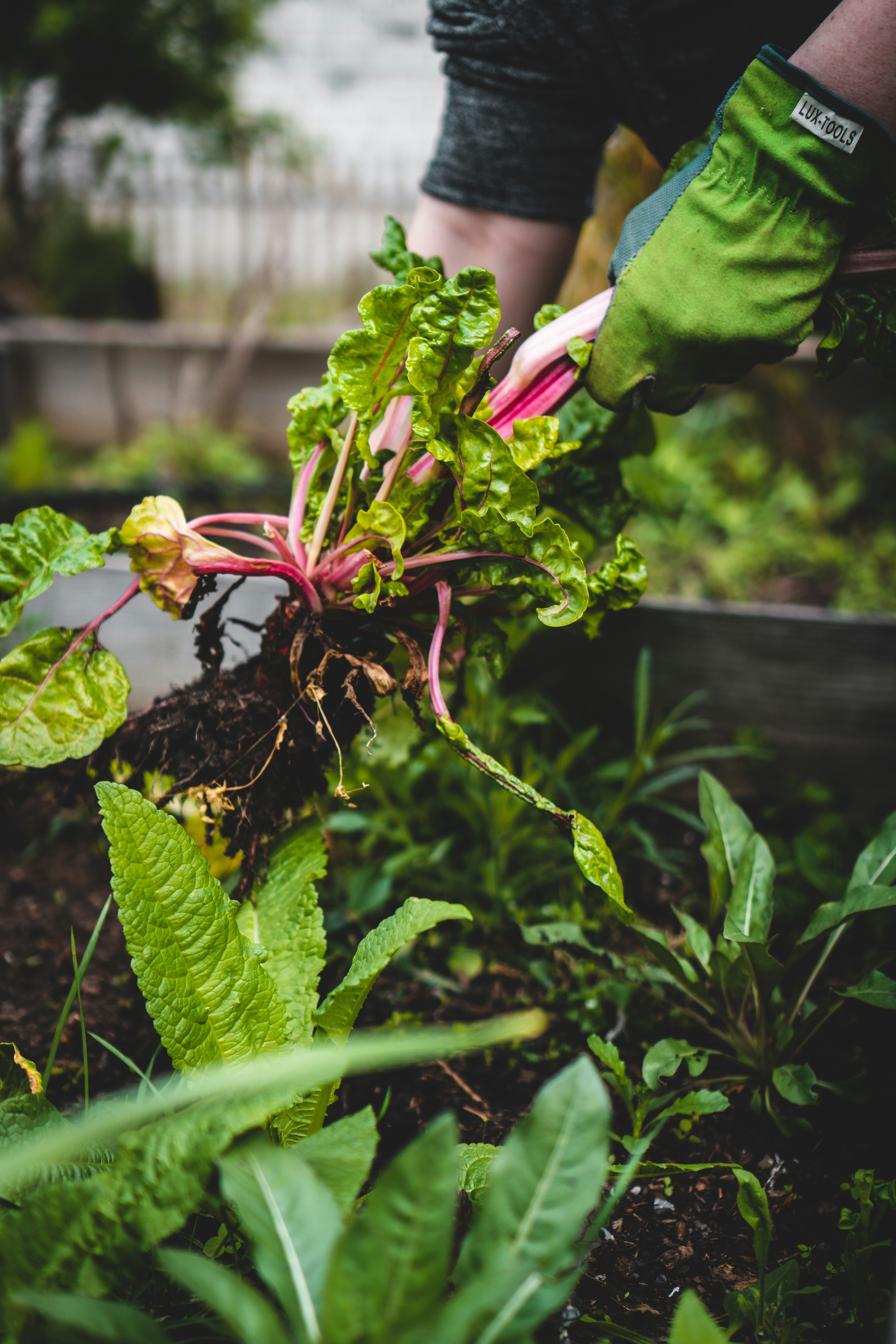· sustainability · 5 min read
The Environmental Benefits of Mushroom Farming
Discover how mushroom farming is an environmentally friendly agricultural practice that uses fewer resources, reduces waste, and contributes to a lower carbon footprint. Learn why supporting sustainable mushroom farming is a step toward a greener future.

Introduction
As the world grapples with the challenges of climate change and environmental degradation, sustainable agriculture has become more important than ever. Mushroom farming stands out as an environmentally friendly agricultural practice that not only produces nutritious food but also has a minimal impact on the environment. From requiring fewer natural resources to contributing to waste reduction and lower carbon emissions, mushroom farming offers numerous environmental benefits. In this article, we’ll explore why mushroom farming is a sustainable choice and how it supports a greener future.
Low Resource Use: Efficient and Sustainable
One of the most significant environmental benefits of mushroom farming is its low resource use, particularly in terms of water and land. Compared to traditional crop farming, mushrooms require significantly less of these critical resources, making them an efficient and sustainable option for food production.
Water Efficiency
- Minimal Water Usage: Mushrooms require only a fraction of the water needed to grow most other crops. For instance, while it takes approximately 1,800 gallons of water to produce a pound of beef, producing the same amount of mushrooms requires only about 1.8 gallons of water. This drastic difference highlights the efficiency of mushroom farming, especially in regions where water scarcity is a concern.
Land Use
- Small Footprint: Mushrooms can be grown in vertical stacks, which means they take up much less space than traditional farming. This efficient use of space allows mushroom farms to produce large quantities of food on a relatively small piece of land, reducing the need for deforestation and habitat destruction.
Energy Consumption
- Controlled Environment: Mushroom farms typically operate in controlled environments, which reduces the need for large-scale irrigation systems and other energy-intensive farming practices. This contributes to lower energy consumption overall, making mushroom farming an eco-friendly choice.
Waste Reduction: A Circular Economy Approach
Mushroom farming is a prime example of how agriculture can contribute to a circular economy by effectively utilizing waste products as resources. By turning agricultural waste into a valuable substrate for growing mushrooms, farms can reduce waste and promote sustainability.
Substrate Utilization
- Recycling Agricultural Waste: Mushrooms are grown on a substrate made from organic materials like straw, corn cobs, and even coffee grounds. These materials are often byproducts of other agricultural processes that would otherwise go to waste. By using them as a growing medium, mushroom farms help reduce the amount of organic waste that ends up in landfills.
Post-Harvest Benefits
- Compostable Waste: After mushrooms are harvested, the remaining substrate can be composted and returned to the soil as a nutrient-rich amendment. This closed-loop system not only reduces waste but also enriches the soil, promoting healthier crops in subsequent planting cycles.
Carbon Footprint: Lowering Greenhouse Gas Emissions
Mushroom farming is associated with a lower carbon footprint compared to many other forms of agriculture. This is due to a combination of factors, including the low resource use, efficient energy consumption, and the sustainable practices employed by many mushroom farms.
Greenhouse Gas Emissions
- Reduced Emissions: The lower water and energy requirements of mushroom farming translate to fewer greenhouse gas emissions. For example, the production of one kilogram of mushrooms generates approximately 0.7 kilograms of CO2 equivalent, compared to 27 kilograms for the same amount of beef. This significant difference underscores the potential of mushroom farming to contribute to climate change mitigation efforts.
Carbon Sequestration
- Carbon-Storing Substrates: The organic substrates used in mushroom farming can act as carbon sinks, storing carbon that would otherwise be released into the atmosphere. By composting the spent substrate, farms can further contribute to carbon sequestration, helping to offset emissions.
Sustainable Farming Techniques: Enhancing Environmental Benefits
Many mushroom farms employ specific sustainable practices to further minimize their environmental impact. These techniques not only enhance the ecological benefits of mushroom farming but also set a standard for environmentally responsible agriculture.
Integrated Pest Management (IPM)
- Reducing Chemical Use: Mushroom farms often use Integrated Pest Management (IPM) strategies to control pests without relying heavily on chemical pesticides. IPM includes methods such as introducing natural predators, using biological controls, and maintaining strict sanitation practices to keep pests at bay. This reduces the environmental impact associated with chemical use and promotes healthier ecosystems.
Energy-Efficient Facilities
- Renewable Energy: Some mushroom farms have adopted renewable energy sources, such as solar panels or wind turbines, to power their operations. This shift to clean energy not only reduces the farm’s carbon footprint but also contributes to the overall sustainability of the agricultural sector.
Water Recycling
- Closed-Loop Water Systems: To further conserve water, some mushroom farms use closed-loop systems that recycle water within the farm. This approach minimizes water waste and ensures that the farm’s water usage is as efficient as possible.
Conclusion
Mushroom farming is a shining example of sustainable agriculture that offers numerous environmental benefits. From its low resource use and waste reduction practices to its minimal carbon footprint and adoption of sustainable farming techniques, mushroom farming stands out as an eco-friendly food production method. By choosing Champag’s mushroom products, you’re not only supporting your health but also contributing to a more sustainable future. Embrace the environmental benefits of mushroom farming and make a positive impact on the planet with every meal.
Ready to support sustainable agriculture? Explore Champag’s range of mushrooms and discover how you can make a difference.
